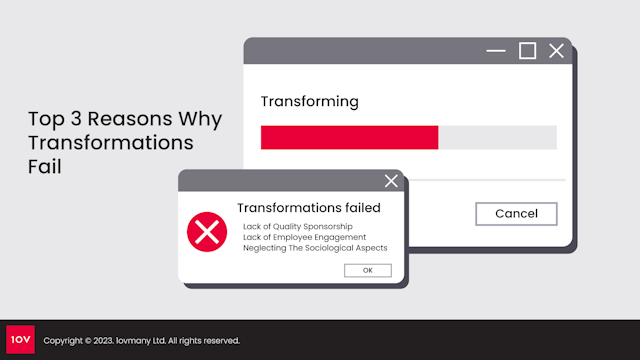A simple to follow overview of Agile Working
This article provides a brief, easy to follow overview of Agile Working and the benefits it can offer to the modern working environment.
18 October 2022

Working environments are changing rapidly. Because of this, teams need maximum flexibility to thrive.
As such, agile approaches to working have increased in popularity.
Team members and human resources departments are looking for flexible working solutions that enable them to:
- complete objectives on time;
- boost productivity;
- keep staff happy; and
- make the best possible use of wage budgets.
A Definition Of Agile Working
Pinning down a precise definition of agile working is challenging because of how much organisations differ from each other.
The concept of an agile worker or team varies significantly from one to the next.
For this reason, consultants in the agile space fall back on a somewhat general expression to describe the agile workspace: “anytime, any place, anywhere,” a phrase borrowed from a 1980s Martini advert.
The idea is that firms should be flexible in the way they implement their human resources, bringing them to bear on challenges as they arise and not sticking with any dogmatic regime.
Companies implementing agile work towards a task but are less concerned with how they get there.
For instance, a traditional firm might insist that all workers come to the office Monday to Friday, 9 am to 5 pm, regardless of how much work they have to do.
By contrast, an agile team might get team members to work from home over the weekend to meet a Monday deadline and then give them the rest of the week off.
Ultimately, agile working is about responding to the world as it is. It eschews unnecessary structure for a more fluid and dynamic approach.
What Are The Benefits Of Agile Working?
There are innumerable benefits of agile working for organisations. Here’s what you can expect if you push ahead with it.
- Better workforce resilience and engagement. Workers have more flexibility to organise their time and strike a balance between work and pleasure.
Staff feel as though they have autonomy and can make decisions based on the best possible outcomes for all parties. - Faster project delivery. Team members prefer agile project management because it allows them to pulse effort.
They can work hard up to a deadline and then take time off afterwards to recover, reducing the risk of burnout and speeding up project delivery. - Enhanced productivity. Implementing agile allows workers to work in a way that suits them. To implement this, you may wish to include informal or team-meeting spaces at your offices, quiet zones, home-working or overseas working. A large set of arrangements enables employees to find structures that work for them.
- Reduced operational costs. Agile working may also reduce operational costs. Lower staff turnover combined with smaller office requirements can lead to substantial long-term savings.
- Improved customer satisfaction. Clients prefer working with team members who operate flexibly around their needs and don’t insist on going home from the office at a specific time, particularly in time-sensitive industries.
Why Do Some Businesses Avoid Implementing Agile?
While the benefits of agile are significant, many organisations resist implementing it. Significant barriers can get in the way of change.
Organisational lock-in and prevailing company culture, for instance, can hamper agile working.
Management may be unwilling to adopt new practices because they do not trust their colleagues.
They may fear that lack of accountability will lead to behavioural issues.
Autonomous employees may take advantage of the situation and avoid the work they should be doing.
How To Implement Agile In Your Organisation
Implementing agile in your organisation requires understanding how your team works in real-time.
The method you choose depends considerably on your specific processes and vertical.
To be effective, you’ll need an evidence-based strategy that works at both high levels and on the ground.
You’ll need a holistic view of your workplace and which agile strategies are likely to work for you.
Getting management buy-in is essential! Explain to senior leaders how presenteeism (the practice of workers showing up to the office, regardless of whether it is suitable for them to do so) isn't always a good thing.
There’s no need for a worker to be in the office from 9 am to 5 pm if they can get everything done by 11 am.
Also, explain the value of problem-solving and project completion, as opposed to hours worked.
If staff can produce eight hours’ worth of value in four, it still means that the company is getting value for money, even if staff only work half days.
Final Thoughts
It wouldn't be an overstatement to say that the above is putting Agile Working in Layman's Terms.
Organisations can adopt agile methodologies without becoming an 'agile organisation'.
This is the difference between agile adoption and agile transformation, a subject we discuss here.
There is great value to be gained from Agile ways of working, but we would always encourage a business to consider the extent to which these methods align with their internal culture.
1ovmany have a team of Certified Agile Consultants who are dedicated to helping organisations of all sizes & structures successfully adopt agile ways of working or undergo agile transformation in the right manner.

About the author
1ovmany Communications Team
We help organisations reach their full potential through continuous and sustainable transformation in customer delivery and product excellence






































